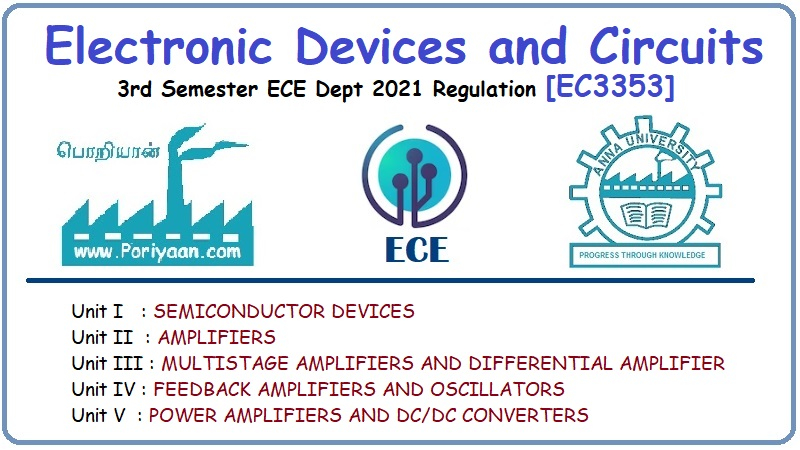Electronic Devices and Circuits: Unit V: Power Amplifiers and DC/DC Converters
Temperature Effects
Comparison of Power MOSFET and Power BJT
This indicates that thermal runaway will not occur in MOSFET even if operated beyond zero temperature coefficient. In low current region (< zero temperature coefficient), the temperature coefficient of iD is positive and thermal runaway occurs.
TEMPERATURE EFFECTS
The
characteristics of MOSFET varies with change in temperature as shown in Fig.5.27.

At
VGS values from 4V to 6 V, temperature coefficient of iD
is zero. At higher values, iD exhibits a negative temperature
coefficient.
This
indicates that thermal runaway will not occur in MOSFET even if operated beyond
zero temperature coefficient. In low current region (< zero temperature
coefficient), the temperature coefficient of iD is positive and
thermal runaway occurs.
COMPARISON OF POWER MOSFET WITH POWER BJT
1.
MOSFET provides a very good isolation between the gate and other two terminals
compared to BJT
2.
MOSFET can handle more power compared to BJT
3.
MOSFET has very low power less and a high speed
4.
Voltage signals can easily operate a MOSFET, hence it is used in many digital
circuits for switching applications ex: motor control circuits.
5.
Power MOSFET do not suffer from second breakdown compared to BJT.
6.
Power MOSFET do not require large de large- drive current as that in power
BJTs.
7.
Higher speed of operation than power BJT.
Applications
1.
Low stepping motor
2.
Low voltage/high-voltage brushless DC motor
3.
Switching power supply
Electronic Devices and Circuits: Unit V: Power Amplifiers and DC/DC Converters : Tag: : Comparison of Power MOSFET and Power BJT - Temperature Effects
Related Topics
Related Subjects
Electronic Devices and Circuits
EC3353 - EDC - 3rd Semester - ECE Dept - 2021 Regulation | 3rd Semester ECE Dept 2021 Regulation
